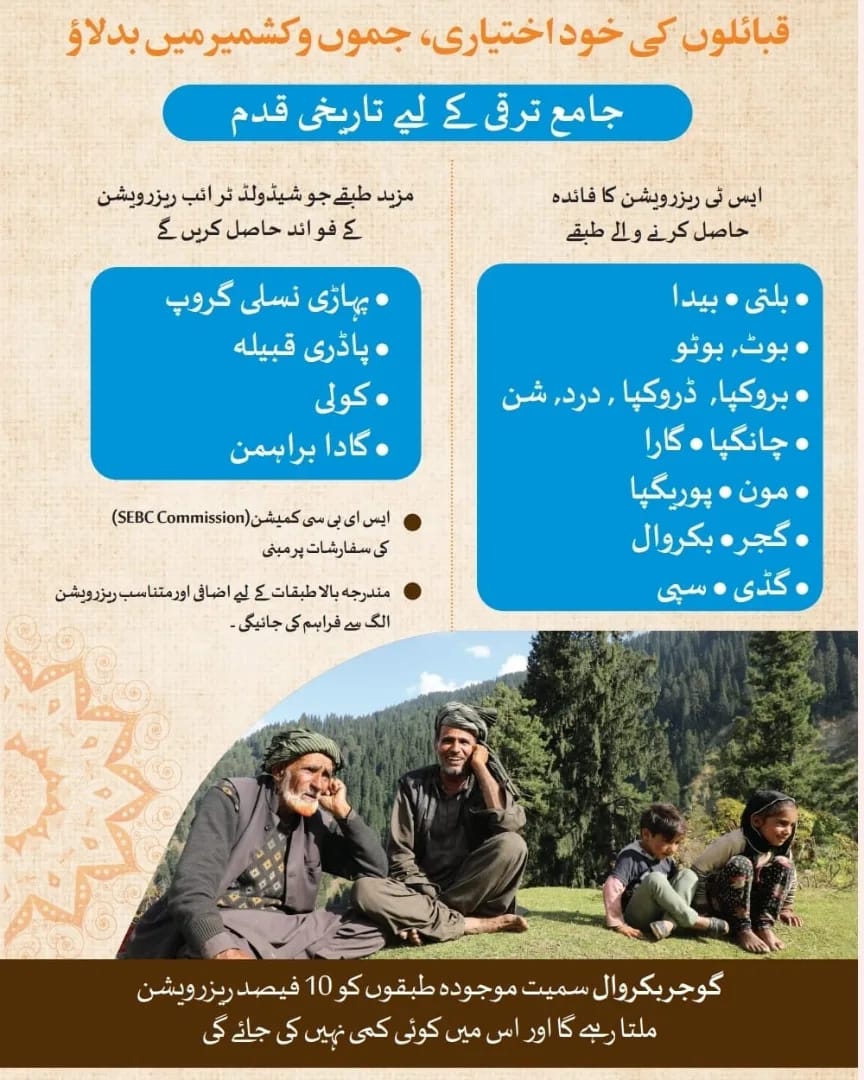Jammu and Kashmir’s first snow leopard population assessment expedition was launched on Tuesday with its focus on identifying the landscape housing the endangered species and future challenges for their proper conservation.From Jammu’s Manda Zoo, J-K Chief Wildlife Warden Suresh Kumar Gupta flagged off a 48-member expedition divided into 12 teams for Kishtwar High Altitude National Park under the “Project Snow Leopard” of the Ministry of Environment.The national park is spread over an area of 2,195.50 square kilometres. Listed as vulnerable by the International Union for Conservation of Nature (IUCN), the snow leopards are mostly found at an altitude between 3,000 and 4,500 metres and have been sighted in the snow-bound areas of the Kishtwar national park, its adjoining areas in Jammu region and parts of central and north Kashmir.The snow leopard is a part of a species recovery programme of the Government of India. Ladakh, Himachal Pradesh, Arunachal Pradesh, Sikkim and Uttarakhand are already covered under the programme.”The snow leopard population assessment exercise is underway in several parts of the country and Jammu and Kashmir has now become part of it by formally launching the expedition after getting approval from the government,” Gupta told.He said such a survey has never been done in Jammu and Kashmir so far as the erstwhile state of J-K kept its focus of the conservation programme on Ladakh, which has a high density of the snow leopard population in the world.After the reorganisation of J-K (in August 2019), a detailed project report under snow population assessment in India was formed and submitted to the government in April this year, the chief wildlife warden said.He said there was photographic evidence of the snow leopard’s presence in the upper reaches of Kishtwar besides Gurez in north, Thajiwas and Awoora top in central Kashmir.The teams will survey the population of the snow leopards as per the protocol and identify its habitats. Besides camera traps, the team will also look for hair samples, scat and other evidence which would be sent to a Bengaluru-based central government institute for DNA analysis to ensure perfect data after completion of the exercise,” he said.
EDITOR PICKS
POPULAR POSTS
ABOUT US
SACH News TM- voice of people of Jammu Kashmir. We are Publishing House of Sach Jammu(English Weekly). Sach News is one of the popular weekly newspaper of Jammu. We provide you Latest news on politics, sports, crime, education, real estate, business entertainment and much more.
Contact us: [email protected]
© Sach News 2014-2023 | Maintained by Webng.in





